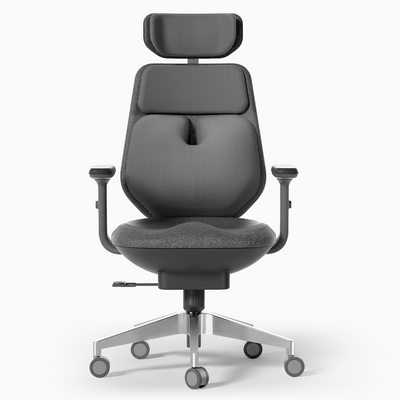
How To Choose The Right Pilates Machine For You
Diving into the world of Pilates is exhilarating, but with a myriad of machines available, making the right choice can feel daunting. Picking the perfect apparatus enhances your practice, ensuring optimal results and safety. Let's journey through the factors that will guide your decision.
Understanding Different Types of Pilates Machine
-
Reformer: Likely the most popular Pilates machine, the Reformer facilitates hundreds of exercises. It consists of a sliding carriage equipped with springs, ropes, and a footbar. Suitable for all levels, it’s versatile and provides full-body workouts.
-
Cadillac or Trapeze Table: With a combination of bars, straps, springs, and push-through bars, this machine is beneficial for stretching, strengthening, and flexibility exercises.
-
Wunda Chair: This compact piece of equipment, consisting of a padded seat with pedals, is perfect for those with limited space. Despite its size, it offers an intense workout, especially for the legs and core.
-
Ladder Barrel: Designed for flexibility and core strength exercises, the Ladder Barrel has a curved surface and rungs for varying levels of difficulty.
Factors to Consider When Choosing a Pilates Machine
-
Your Pilates Goals: Are you aiming for flexibility, strength, or rehabilitation? For a comprehensive workout, a Reformer might be your best bet. If you're focusing on specific exercises or have therapeutic needs, other machines might be more suitable.
-
Space and Size: Ensure you measure your space before investing. While machines like the Reformer require more room, the Wunda Chair is more compact.
-
Budget Considerations: Pilates machines come in various price ranges. While it's tempting to opt for the cheapest, consider it an investment. Sometimes, spending a little more guarantees longevity and safety.
-
Durability and Build Quality: Opt for machines made with sturdy materials. A durable frame, high-quality springs, and solid construction ensure your machine lasts and remains safe throughout its lifespan.
Safety First: Ensuring your Machine is Secure
Regardless of the machine you select, ensure it has a stable base, quality components, and no sharp edges or protrusions. Regularly inspect for wear and tear, especially on moving parts.
Additional Features to Look Out For
Some modern Pilates machines come with enhanced features like adjustable springs, additional padding for comfort, or even digital components for tracking your workouts.
Conclusion
Choosing the right Pilates machine is a significant step in your fitness journey. By aligning your goals with the features of the apparatus, you set yourself up for an enriched and effective Pilates experience.
FAQs
- Are there any beginner-friendly Pilates machines? Yes, the Reformer is often recommended for beginners due to its versatility and adaptability.
- Do all Pilates studios have all types of machines? Not necessarily. While most studios will have Reformers, others might specialize or focus on certain equipment. Always check with the studio in advance.
- How often should I maintain or inspect my Pilates machine? Regular inspections before each use are ideal. Deep maintenance checks can be conducted every few months, depending on usage.
- Is it essential to buy all the Pilates machines? No, it's best to start with one that aligns with your goals and then expand as needed.
- Can I learn to use a Pilates machine through online tutorials? While online resources are beneficial, it's recommended to initially learn from a certified instructor for safety and optimal technique.
« Back to Pilates Blog









